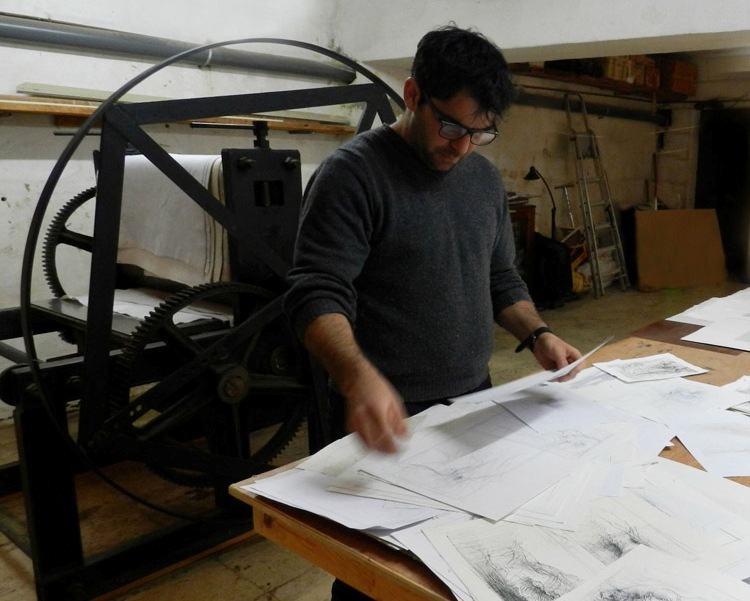
Artists’ Studios: Justin Falzon
The studio is a place where artists create the very images that we all know so well, a place where ideas find a tangible form. Gozitan-based artist Justin Falzon invites us into his work-space and talks to us about his artistic processes, working habits, tools, and the deeply unsettling, yet equally beautiful, figures that dominate his compositions. Keep scrolling down to learn more.
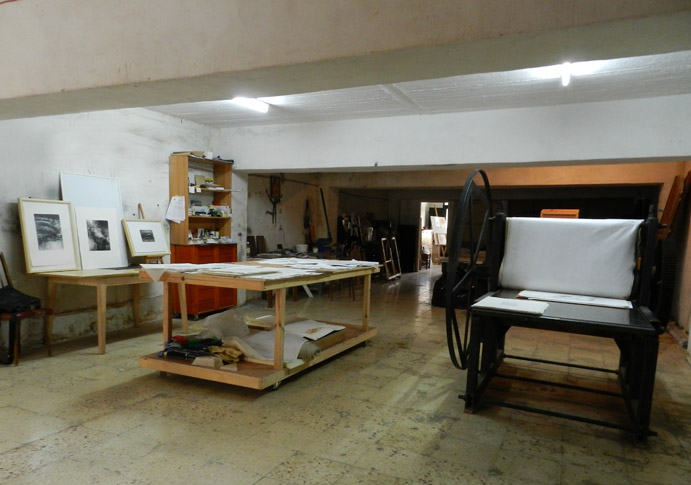
“My areas of specialization include drawing, painting and printmaking. Painting and printmaking require a specific working-space to carry out, so I’ve organised the studio according to these two practices. The first part (which you are seeing here) is dedicated to printmaking. The painting area is at the very back of the studio, I’ll take you there in a minute…”

“I have had this etching printing press for about two years. I think it dates to the late 1970s. Once it was owned by a British printing company which used to operate in Malta. At the time, it was mainly used for printing commercial etchings of English countryside views, animals and the like. Nowadays, I use it to make my own etchings. The freestanding wooden box is an aquatint box; it’s an etching equipment which helps me create a vast range of tonal values and textural effects in an etching.”

“I’ve produced quite a few etchings since I’ve started practicing printmaking way back in 2005. These are some of my latest; they are all untitled pieces. The first etching (far left) was made for Imprint III, an original print exhibition which was held last November at Palazzo de La Salle (MSA), Valletta. The one in the middle was exhibited at the Royal Academy of Arts 2016 Summer Exhibition in London. You are able to see close-ups of the works below.”
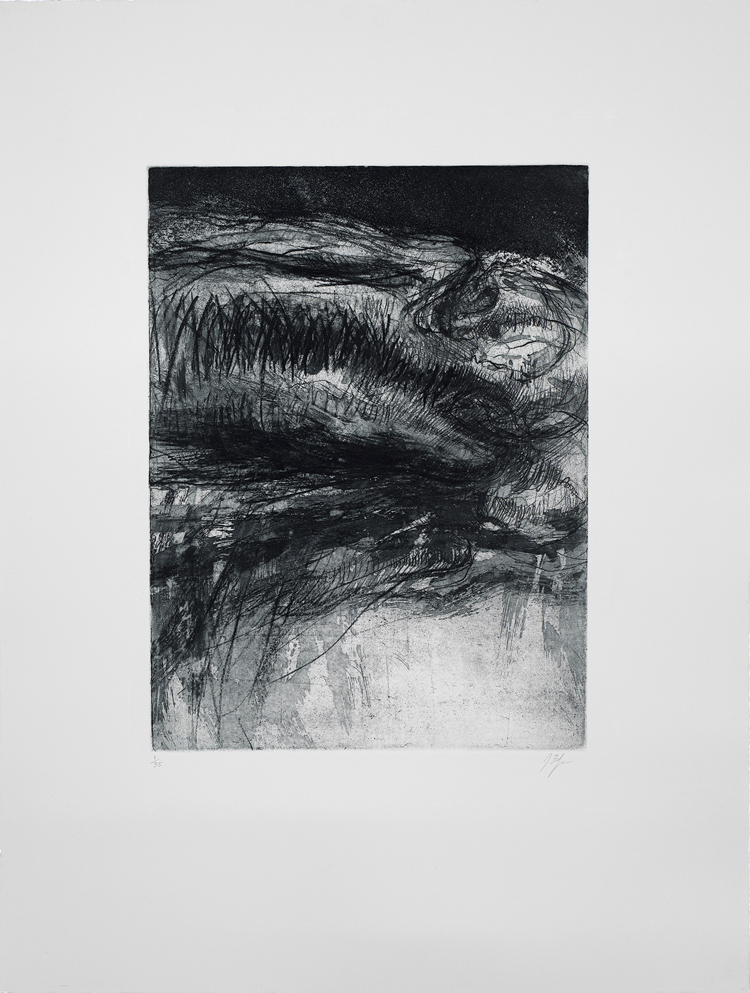
“The etching depicts two intertwined human figures. A lot of people find it difficult to make up the figures, I guess that they only take shape in my own thoughts. The human figure has always been central to my art practice. In fact, whether I’m working on a painting or an etching, the subject-matter always revolves around the human body, or to be more concise, decomposing bodies, transient bodies.”
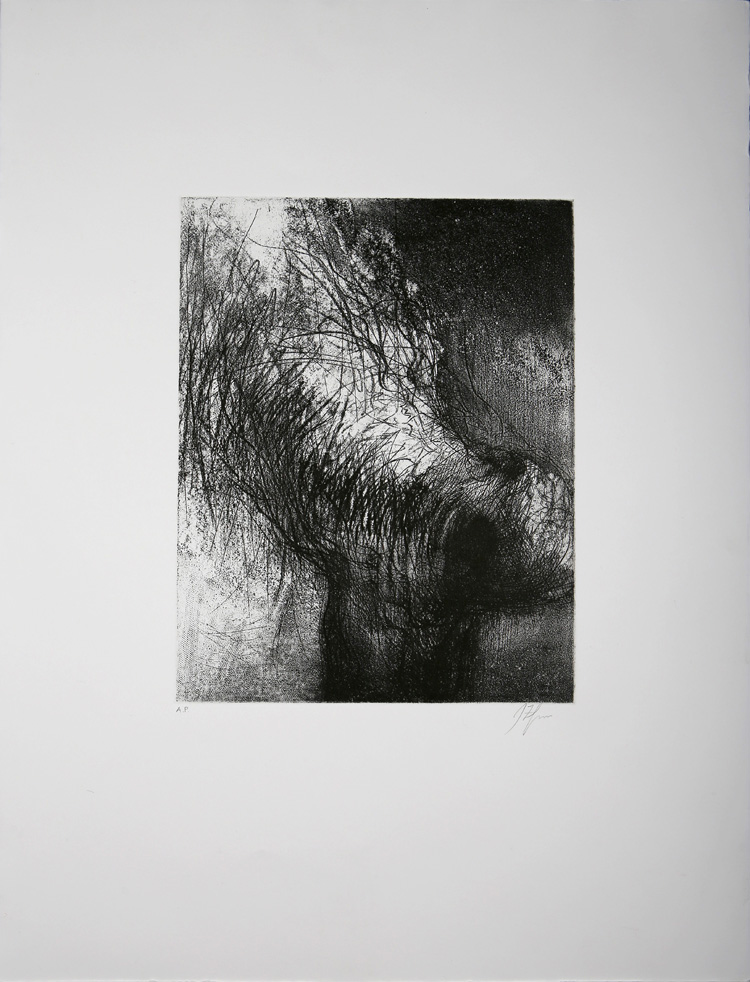
“My interest in decomposing bodies was triggered off when my father’s remains were exhumed after 12 years of his death. I remember being extremely curios to see my father’s remains. Viewing the remains of your loved ones might seem desirable at first, but it can turn out to be an unsettling experience. I have to admit that, it did leave a tremendous impact on me, not just psychologically but even artistically. It was an experience that completely changed my practice; I went from drawing and painting traditional figurative subjects to depicting mysterious-looking compositions in a matter of no time.”
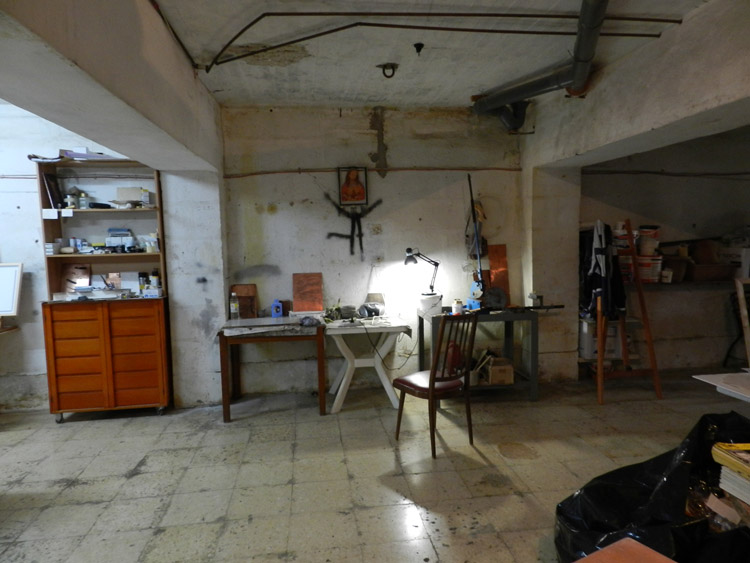
“This is where I etch…”

“…and these are some of my copper etching plates.”
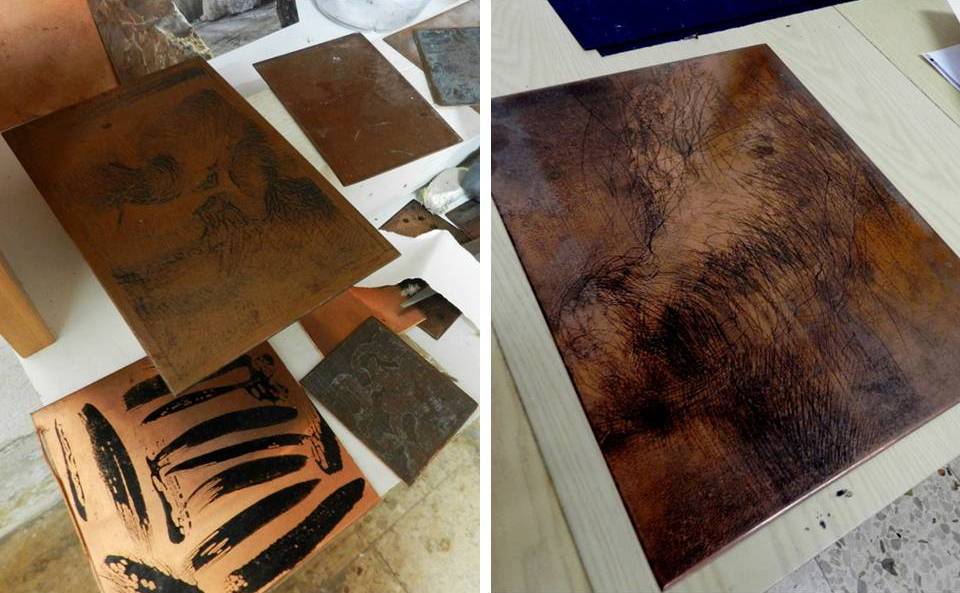
“The different-sized plates you are seeing on the left are acid trials. Etching an image on a copper plate (as shown in the right image) involves the use of acid. Acid tests allow me to see how the acid is going to react before I start working on the actual plate.”
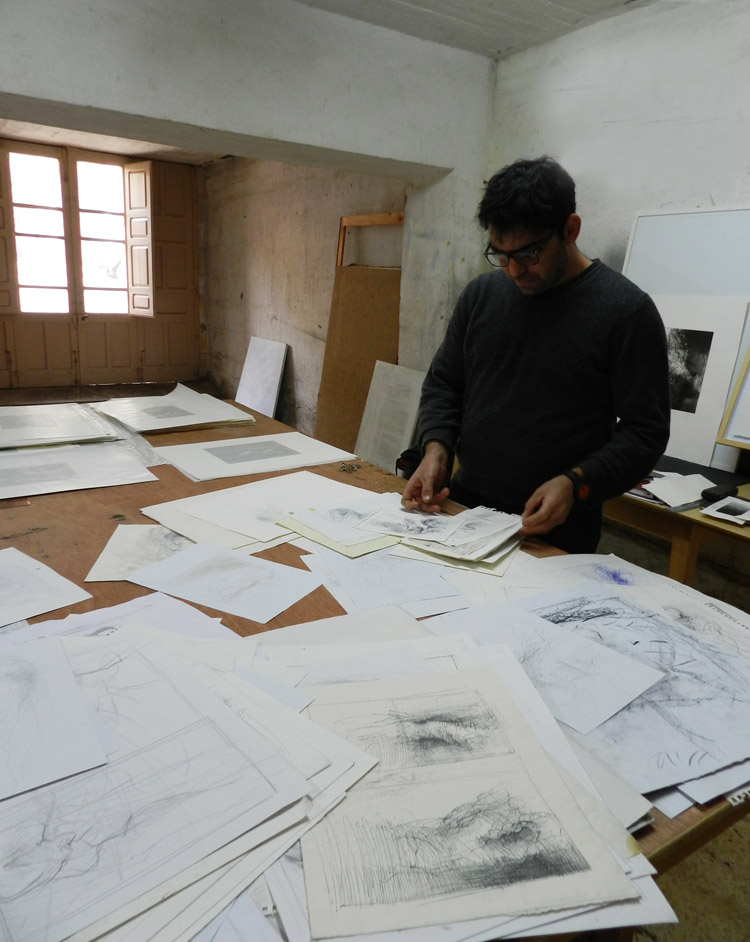
“I always sketch preliminary compositions and studies before I get to transfer my final ideas on the plate. Since my etchings are characterized by vigorous line drawing, one might get the impression that they are hastily done. Every single etching that I’ve produced so far involved a lot of thought and preparatory work.”
“Here’s a quick view of my sketches, scribbles…some are good, some aren’t. Sketching really helps me loosen up and visualise my ideas.”
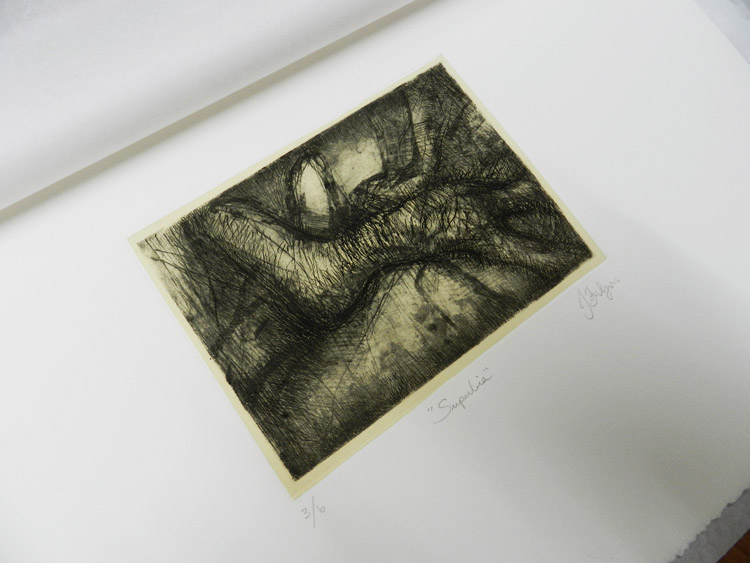
“I haven’t yet shown you some of my early etchings. I made this work, and the ones shown in the clip below, whilst I was still studying fine arts in Florence. It was during this period that my compositions started becoming enigmatic. Nonetheless, one can still trace the likeness of the subject (the human body).”
“I had exhibited these etchings (along with a few others) after I had completed my studies and returned to Malta in 2009. The exhibition was held at the art..e gallery, Gozo, a couple of years later. I had titled the series after the seven deadly sins. I don’t usually title my works, in fact, these are the only set of etchings which were given a name.”
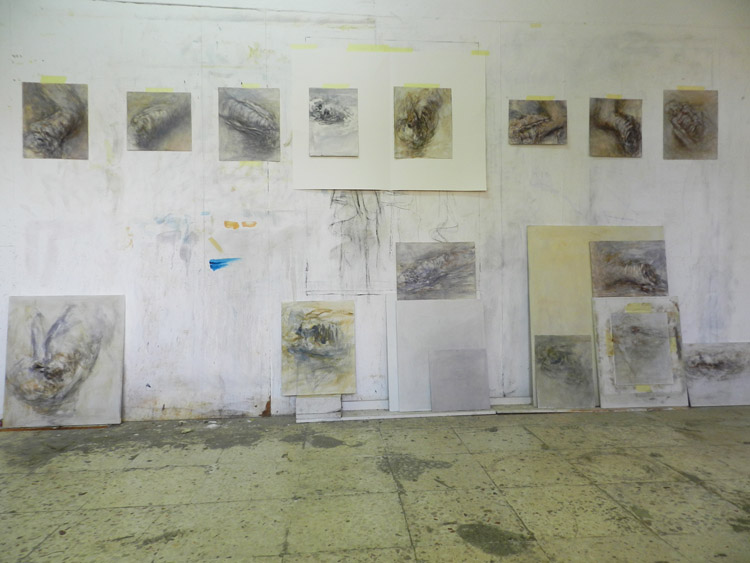
“These are some of my latest paintings. I enjoy painting here as the room is full of natural light. I haven’t yet exhibited these works. Similar to my previous work, they are fairly small in size, however, I’m thinking of enlarging a few.”
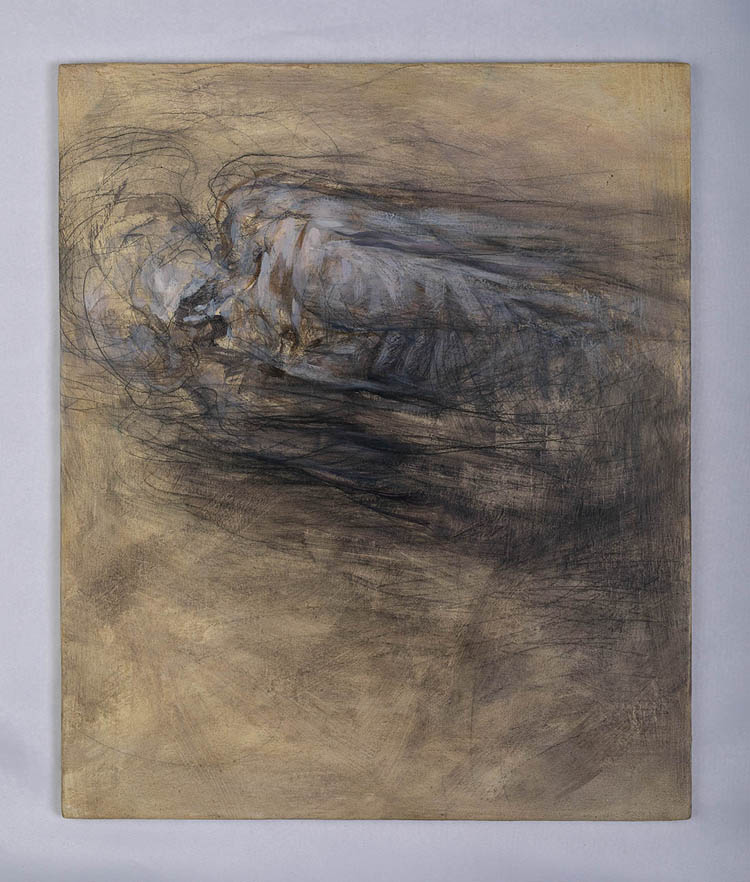
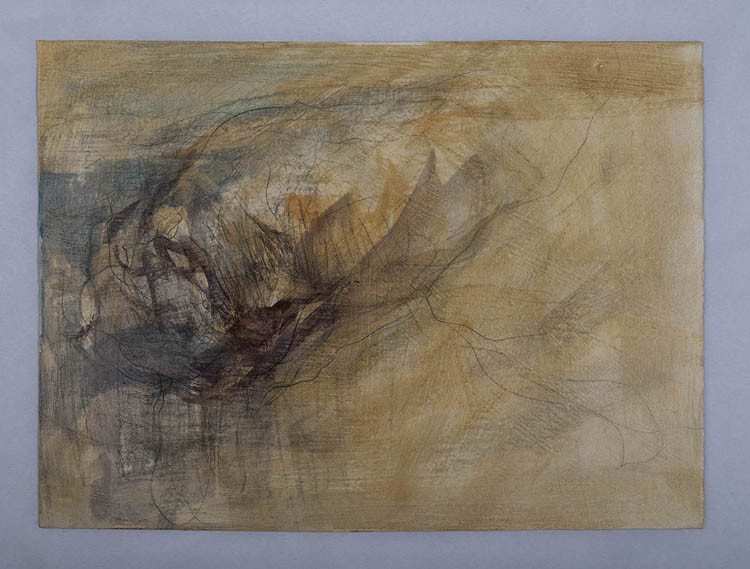
“As I mentioned earlier, my paintings also deal with the fragility of the human body, death and human decomposition. You’ll find a lot of artists whose work engages with contemporary issues. I don’t seek to make a socio-political statement with my work, or cause a reaction…my work is personal.”

“The method in which I paint is traditional. I generally paint in oils and I like to keep my paint thin and translucent. I tend to go for an earthy palette as I don’t enjoy using bright colours. The texture of the surface on which I paint is important to me. Whether I’m using canvas, paper or wood-panel, I always make sure to size/prime my surfaces with several materials such as rabbit skin glue, gesso… I don’t like the feel of industrialized, mass-produced canvases for example; I find their surfaces artificial.”

“Since the figures are amorphous, I allow the viewer to imagine the body parts. I’ve been told that some of my figures can take on the characteristics of different biomorphic forms or hybrid creatures.”
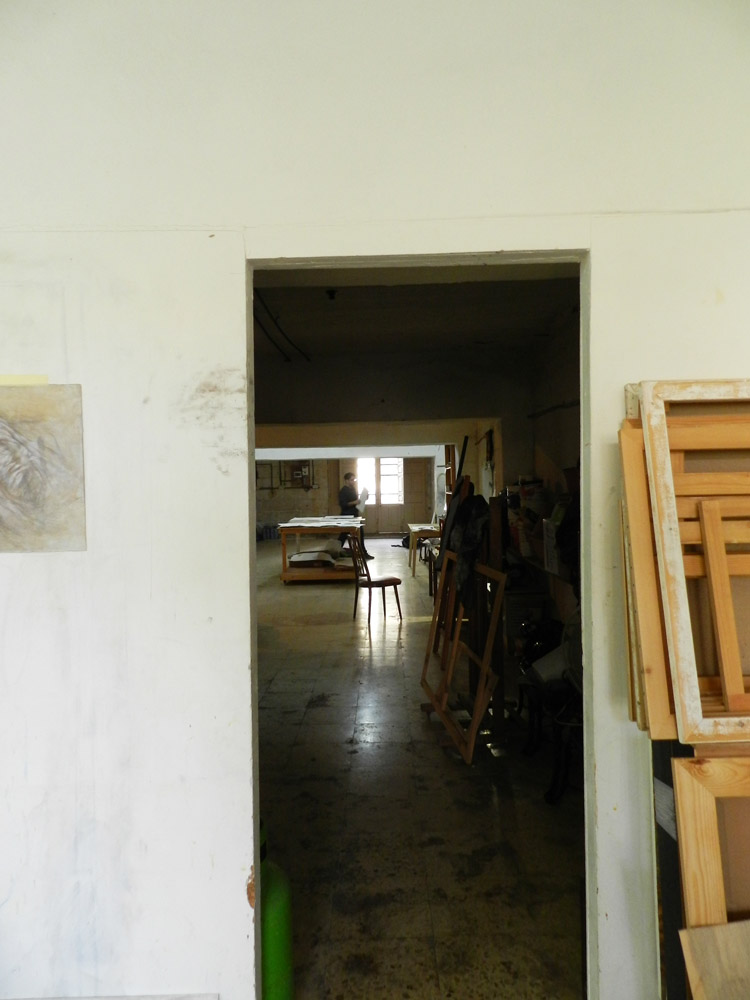
If you would like to view more of Justin Falzon’s work, you can do so by clicking on this link www.justinfalzon.com
PHOTO CREDITS:Eve Cocks (Studio); Martin Attard (Etchings & Paintings)
